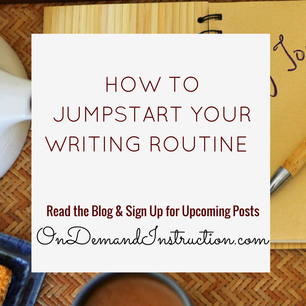 If you read Stephen King’s On Writing or Ray Bradbury’s Zen in the Art of Writing, then you have run across the recommendation that writers spend time reading and writing every single day. Both King and Bradbury suggest that one of the keys to building a successful writing career is to practice, practice, and practice some more. I do understand the viewpoint, and if I lived under different circumstances, their suggestion of daily writing might work out for me. Personally, I have engaged in a daily writing practice for short periods of time but never longer than a year at a time. In my own writing practice, I go through phases of having a lot to communicate, when the words come faster than I can type. Then there are the dry time when I feel like the writing is forced because the ideas dried up. A couple of months ago, I was preparing to start a new job, the kids were in fight club mode, and I had a zillion tasks to complete each day. I kept trying to write, trying to put just a few words on the page each day, but the whole process was forced and empty. Really, all that I accomplished was going through the motions. Perhaps Bradbury and King never experienced this scenario, though I tend to doubt it. My guess is that they created their daily expectation because that practice genuinely worked best for them as individuals. For every writer, we put pen to paper for reasons other than to complete a piece of literature. We write to make sense of the world, to put words to our emotions or thoughts, to collect our thoughts, to communicate what cannot be said aloud, and for a thousand other reasons. Writing’s purpose is not limited to the production of literary products. When I am not writing, I am reading, learning, and creating in other waysFor me, there is a time when there is nothing to write. I think of this as the inhale period and the act of writing as the exhale period. When I am writing, I am exhaling, because I am releasing that which I have held inside, processed, and rearranged for sharing. But this inhalation time period is necessary too. Every year, I take a few months off of writing. That downtime provides me the opportunity to inhale, to build, and to store up the energy to write again. When not writing, I find that I need to bring in as much depth, breadth, and detail as I possibly can. Typically during these down times, I increase my reading significantly, and I will increase watching quality programs too. A friend of mine does an amazing job of finding the artistic films, so I reach out to her for suggested titles. I read books, I watch films, and I have conversations. When I am not writing, I need to observe, to take in what the world has to offer, to hear the voices of other writers, and to digest narratives, philosophy, history, and mythology. That down time from writing magically reengages the drive to writeThat down time from writing magically reengages my inner drive to write. Slowly, ideas will come to me. At the grocery store, I’ll think of a few lines of dialogue that would be great for a character. While I’m walking to dog, a plot structure will come to mind that may work for a story. And while I’m chopping vegetables for soup, I’ll think of the 30 different ways a knife can be used—cutting kite string, gutting a fish, jimmy-wriggling a car window, forcing open a lock, etc. Once that creativity begins flowing, I am ready to begin writing again. Typically, I don’t start writing immediately, because it takes a few weeks for the buildup of creative energy to drive me forward into a state where I insist that I must write. Just like falling in love. At the beginning, we can stay away from a beau for an extended period of time, but after the connection has grown, we have no choice but to eat, sleep, and drink in the presence of our beloved. Connection becomes consistency which creates a foundation for productivity. Use a writer's journal to jumpstart your writing practiceThe best first step to restart a writing routine is to start a writer’s journal. The writer’s journal is a catch-all collection plate for anything and everything having to do with creativity, observations, ideas, and notes. In my current writer’s journal, I have sketches of a garden plot, a list of short story ideas all related to the theme of waking up (common in dystopic novels), a brainstorm for 4 Norse goddesses—Sif, Frigga, Hel, and Sjofn including their attributes and symbols, and a bucket list of things to accomplish in the next year. The writer’s journal may not seem like it would support getting into a writing habit, but for me it makes a huge difference. There, I am able to write anything that I want to, from ransom letters to treasure maps to grocery lists to drawings of cabin plans, it is all valid. A sketch of a garden plot may not seem like it would be connected to a piece of fiction, but if I were to write a scene that included a character walking through a horticulturalist’s back yard, my description will be richer and more accurate because of the time I spent working on a garden plot for my own yard. Any activity that a writer engages in that is creative, whether that be playing music, gardening, arranging flowers, drawing or painting, sculpting with clay, it all adds to the creative material that a writer can manipulate to share in pieces of writing. The same is true for inflow. The kinds of activities that a writer chooses to engage in, whether they are reading, watching films, attending poetry readings, walking or hiking, attending educational events like lectures or courses, or viewing art shows and hearing plays, all add to the content the writer can use to create new material. If writing 365 days a year works for you as a writer, go for it. If you are the type of writer who writes in bursts then needs a break before returning to a writing routine, then taking non-writing time to take in information may be a better recipe for success. When you return to your writing, consider bringing your content to the pages of a writer’s journal to jump start your new writing routine. Related Blog Posts |
About the SiteWelcome, Writers! Archives
September 2023
|
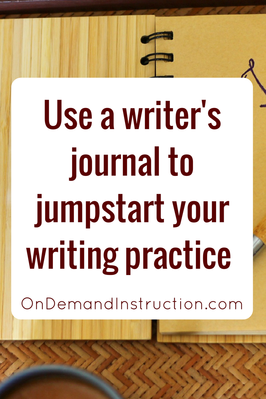
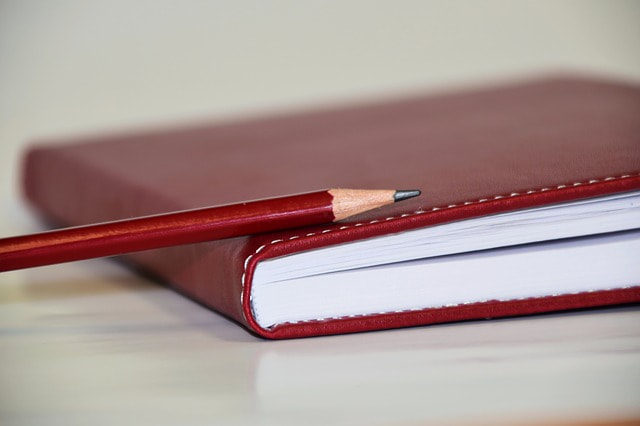
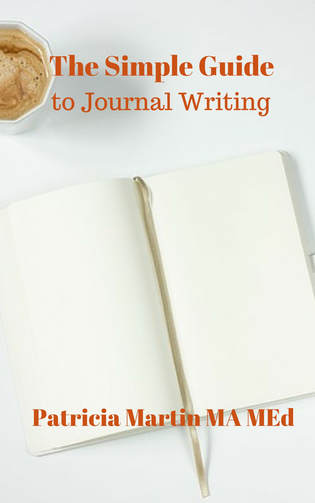

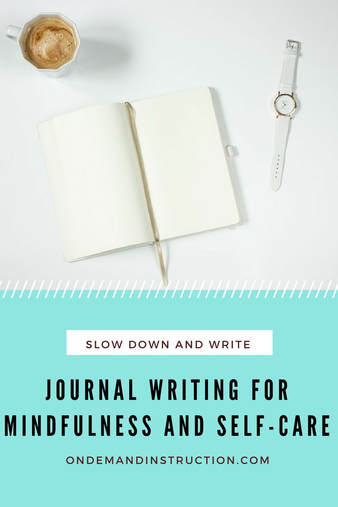
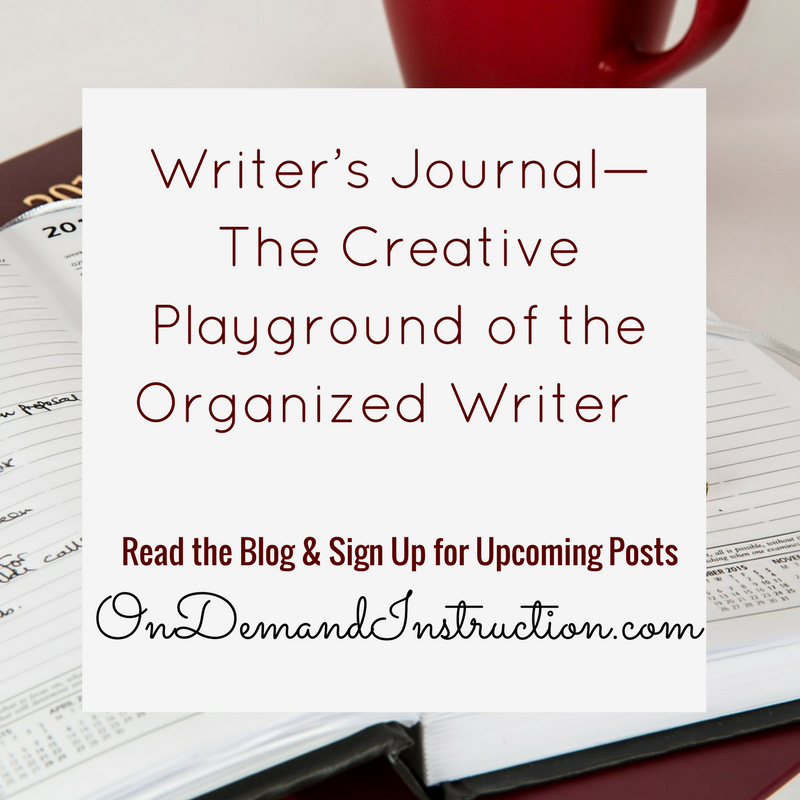
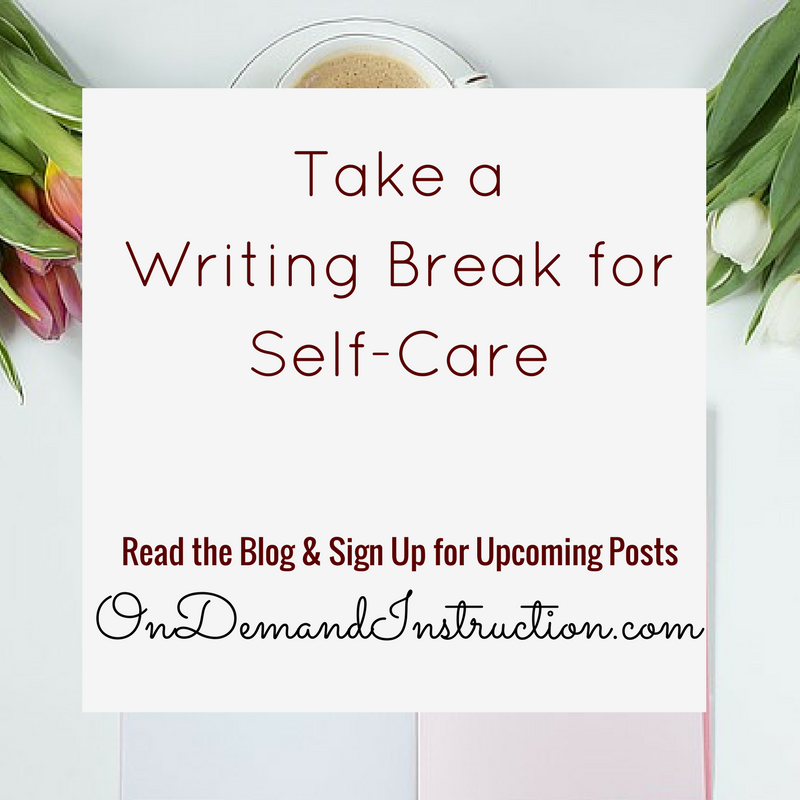
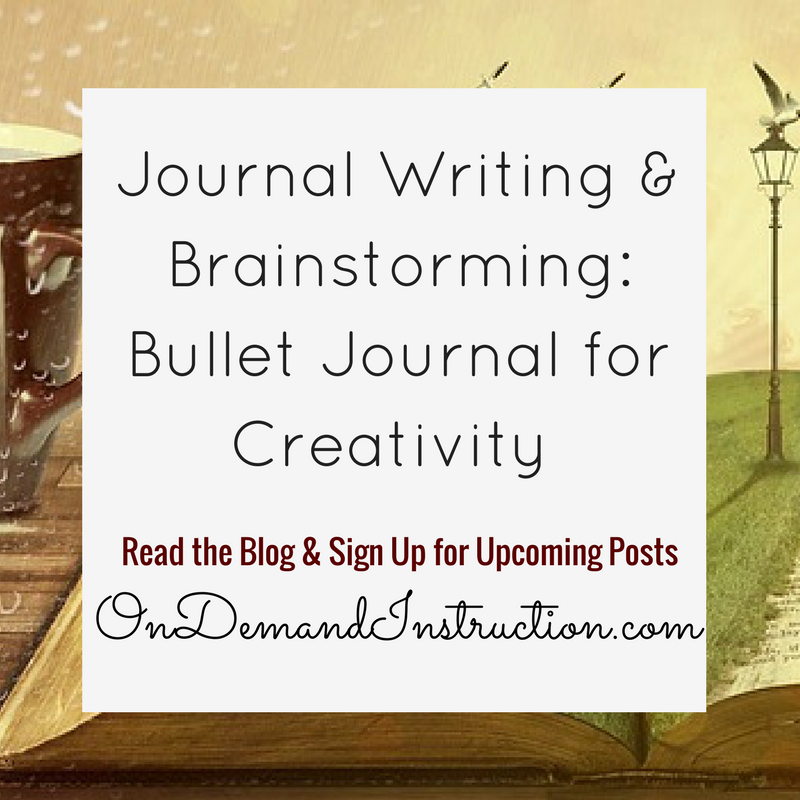
 RSS Feed
RSS Feed